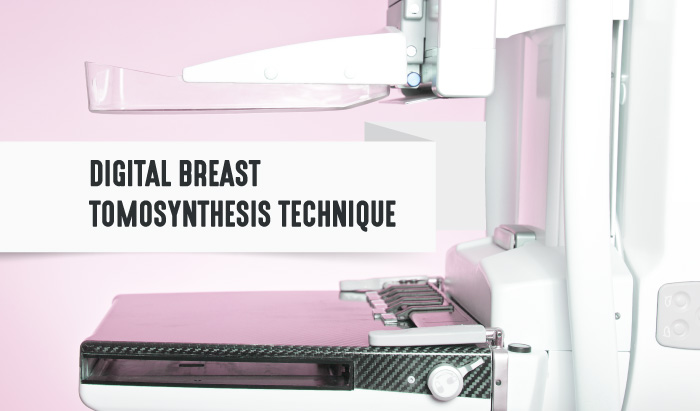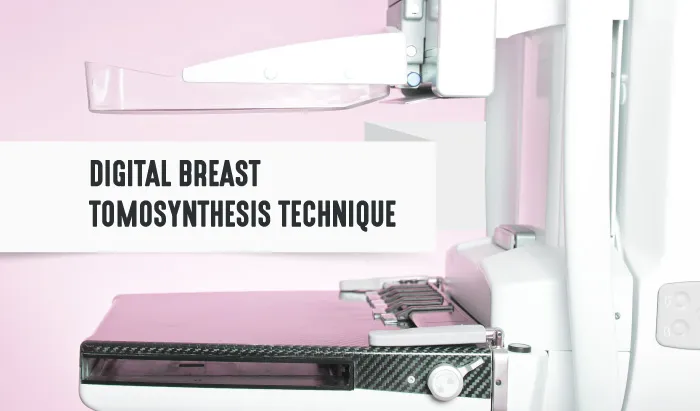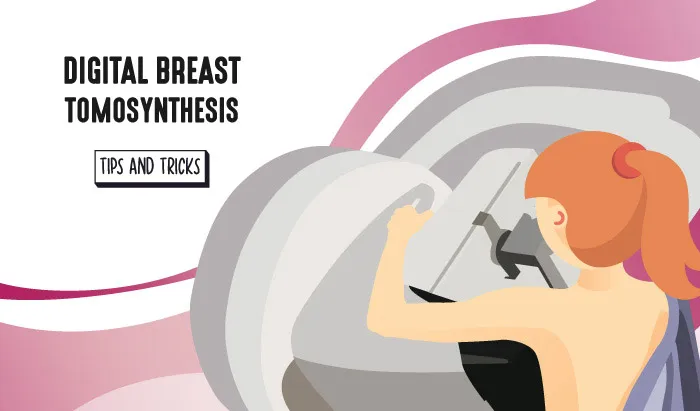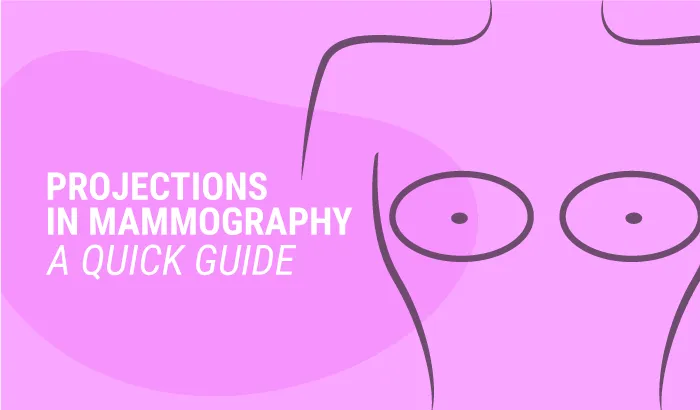Digital Breast Tomosynthesis: An Overview

Digital Breast Tomosynthesis: An Overview to 3d mammography


This article is intended to provide a brief overview of digital breast tomosynthesis, or 3D mammography, for practicing mammography technologists, mammography technologists-to-be, rad techs who may be interested in cross-training into mammography, anyone with a medical interest in breast imaging—or anyone with breasts, really.
With the exception of certain types of skin cancer, breast cancer is the most common cancer among American women. According to the most recent statistics review from the National Cancer Institute, American women face a 12.8% risk of developing breast cancer at some point in their lifetime. Or in other words, American women currently have a 1 in 8 chance of being diagnosed with breast cancer.
Mammography is the gold standard for screening and diagnosis of breast cancer. In fact, since mammography screening became widespread and common practice in the United States in the 1980s, the rate of deaths from breast cancer has plummeted by almost 40%. Regular mammography exams and early detection lowers the risk of a woman dying from breast cancer by almost half. However, mammograms are not perfect. Not all breast cancers are detected on a mammogram, especially when a woman has dense breasts. According to the National Cancer Institute, mammograms miss about 20% of breast cancers.
Digital breast tomosynthesis, approved by the Food and Drug Administration (FDA) in 2011, is a new technology that improves the radiologist’s ability to diagnose breast cancer. It is also known as 3D mammography because it uses a series of 2D images to build a 3D image of the breast.
In this article, we will discuss the clinical applications of digital breast tomosynthesis, its advantages, and its disadvantages.
Reduction of False Positives
Digital breast tomosynthesis is very effective in reducing recalls. Studies have shown that DBT will pick up lesions missed on the 2D mammogram or ultrasound. It can also confirm that a highly suspicious area seen on 2D mammogram is actually superimposed tissue.
DBT improves edge depiction and can demonstrate a spiculated lesion that will not be seen on mammography or ultrasound.
DBT can reduce the false positive rates at facilities. Densities that seem real on the 2D are definitely resolved in 3D mammography. This is true for both spiculated and lobulated masses.
Identifications of cancers missed on 2D
When compared to 2D mammography, 3D mammography has demonstrated an increase in breast cancer detection rates of 10%–53%. DBT is able to identify cancers in dense breast tissue or young breasts that would be missed in a 2D mammogram.
Increased Detection of DCIS
Digital breast tomosynthesis has resulted in an increased detection of ductal carcinoma in-situ (DCIS) and invasive ductal carcinoma (IDC) resulting in a reduction in the false-positive rates.
Recalls and radiation concerns
Studies show that up to 25% of the women recalled after screening are found to have superimposition of normal tissue as opposed to a lesion.

A recall usually requires multiple added projections. The patient therefore receives additional and often unnecessary radiation. Because digital breast tomosynthesis allows for a 3D reconstruction of the breast and solves the problem of superimposition of normal tissues on an image, it significantly reduces recall rates.
Digital Breast Tomosynthesis Comparisons
A study published in Breast Cancer Research and Treatment compared the recall rate, cancer detection rate (per 1,000), the rate per 1,000 of ductal carcinoma in-situ (DCIS), the minimal cancer (less than or equal to 10mm), and the positive predictive value (PPV) for: Full field digital mammography (2D), 2D plus DBT, and Synthesized 2D plus DBT.
The results showed very comparable rates for all. This means that 2D plus DBT can be replaced with the Synthesized 2D plus DBT.
| 2D | 2D + DBT | Syn 2D+DBT | |
| Recall Rate | 7.8% | 6.4% | 5.5% |
| Cancer detection Rate (per 1,000 exams) | 5 | 5.7 | 5.4 |
| IDC rate per 1,000 | 3.9 | 3.4 | 4.3 |
| DCIS rate per 1,000 | 1.2 | 1.8 | 1.2 |
| Minimal cancers (10 <= mm) | 57.6% | 50.9% | 60.6% |
| PPV1 | 6.2% | 8.1% | 9.1% |
| Source: Breast Cancer Reasearch and Treatment, August 5, 2017 | |||
Lesions in Dense and Fatty breasts
Digital breast tomosynthesis is very effective at picking up lesions in dense breast tissue. However, it can also be effective in identifying lesions on a fatty breast. Lesions with irregular margins are better appreciated on the 3D mammography image when compared to the 2D mammogram or ultrasound.
Digital breast tomosynthesis can also identify multifocal lesions and subtle lesions, less than 5mm, that are not appreciated on the 2D mammogram.
Women with fatty breasts can benefit from 3D mammography. Radiologists have reported that some densities will not show on a 2D mammogram, even in a fatty breast. These densities will be clearly demonstrated on the tomo slices. Digital breast tomosynthesis will effectively show spiculated masses that are not clearly seen on the 2D mammogram. DBT will also show radial scars more clearly than will 2D.
Lesions in Dense and Fatty breasts
Adding 3D mammography to annual 2D screening starting at the age of 40 is more cost-effective than 2D mammography alone. DBT can result in a 40% reduction in false positive recalls and a reduction in the number of biopsies.

Advantages of Digital Breast Tomosynthesis
- Increase in the breast cancer detection rate because benign lesions are seen clearly, and the technology eliminates overlapping structures
- Better detection/screening, especially for women with dense breasts
- Reduction in the need for diagnostic work-up since DBT offers characterization and problem-solving abilities
- Reduction in the recall rate. The recall rate varies from facility to facility, but there have been reports of an 8.7 – 30% reduction at some facilities
- Reduction in the false positive rate. 13% reduction was reported at some facilities
Disadvantages of Digital Breast Tomosynthesis
- Higher radiation dose if used with 2D imaging
- Significant increase in reading time. Radiologists have found that either CAD or Artificial Intelligence (AI) can help and could reduce reading time
- Possibility of motion with the long exposure times
- Difficulty in imaging large breasts
However, none of these disadvantages has been shown to outweigh the advantages mentioned.



